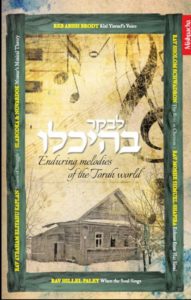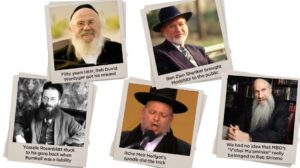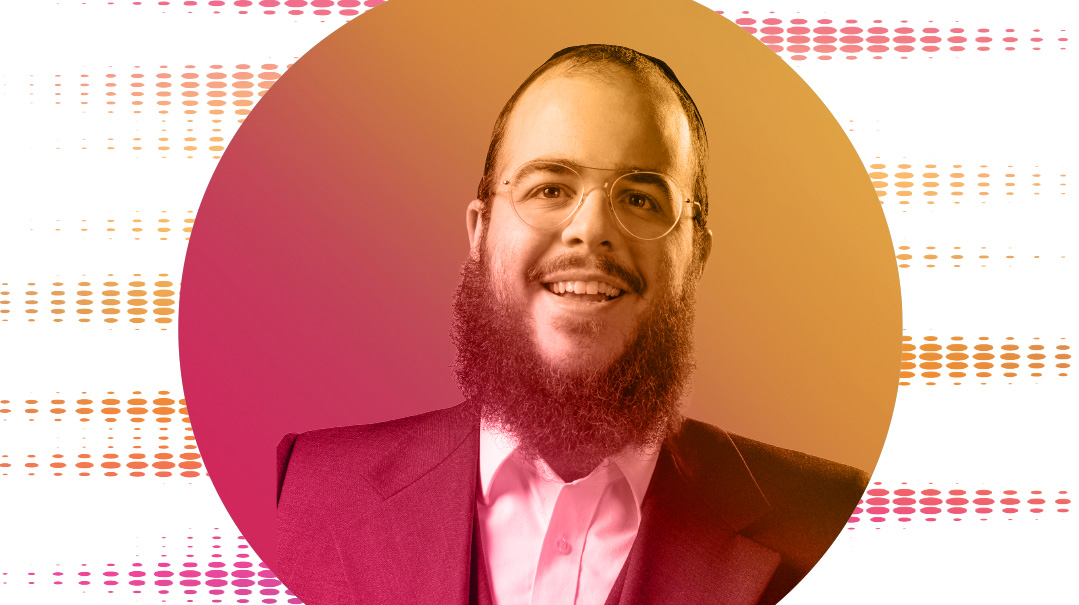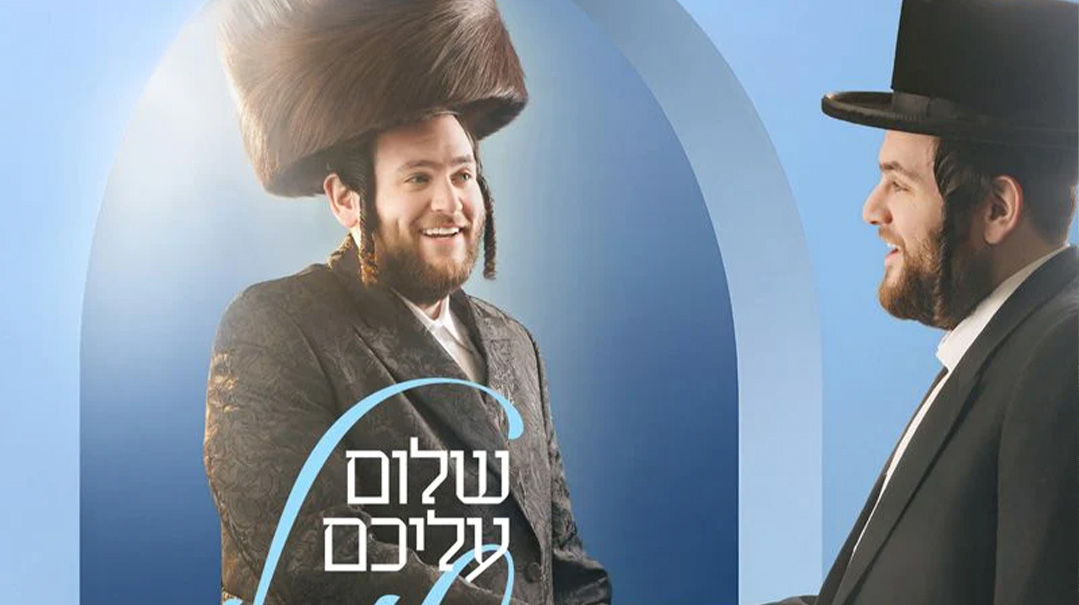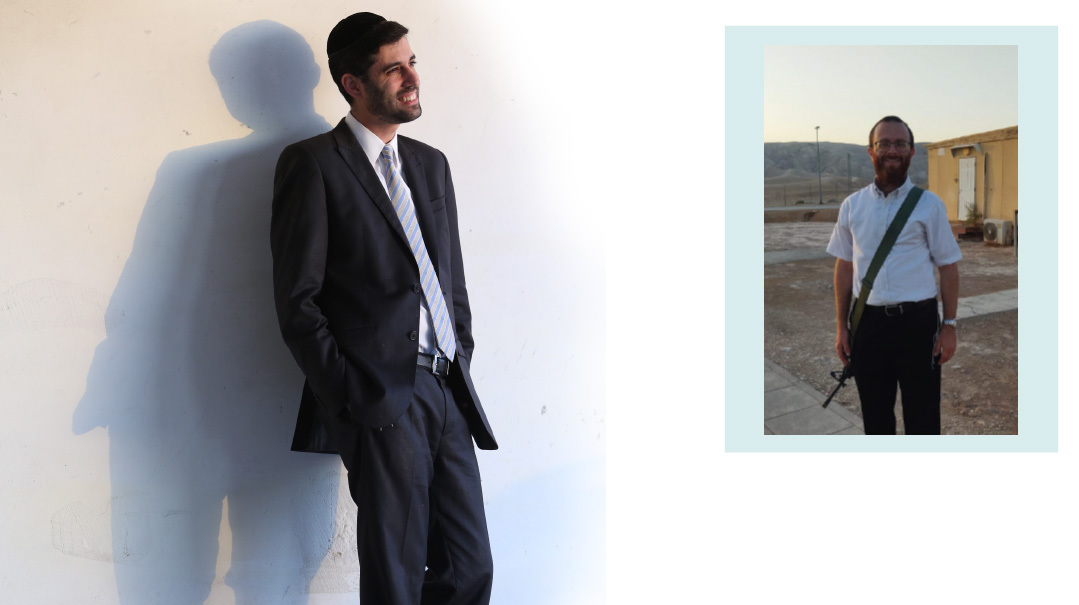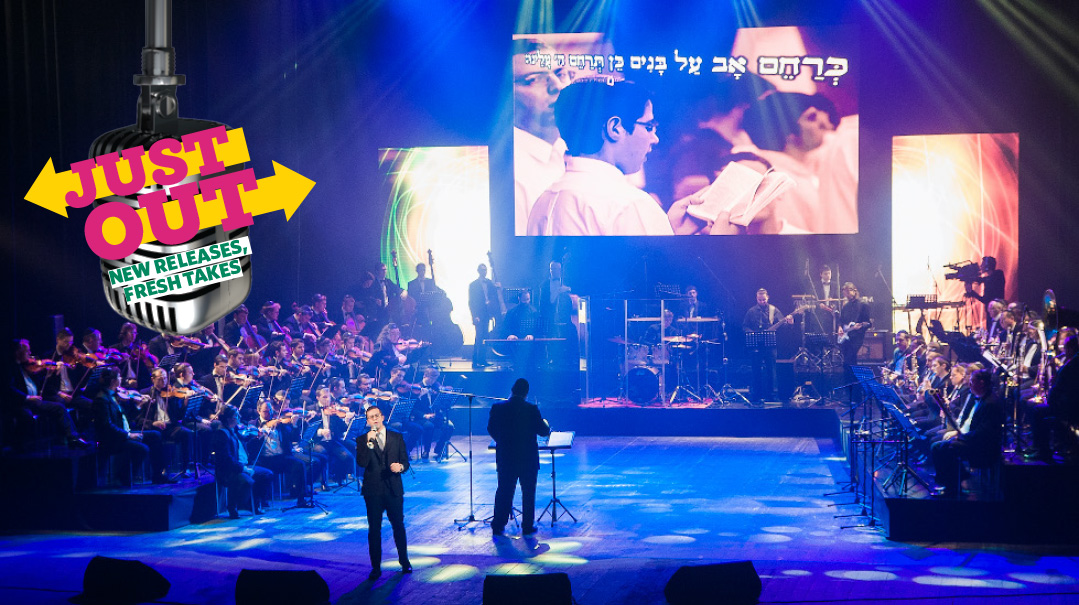The Last Dance: Reb Avrum Leizer (Eli) Katzenberg
| April 6, 2020Today the custom of mitzvah tantz is still widespread and has even reached new communities. We caught up with five top international badchanim, who share their experiences and perspectives from the very heart of the Jewish wedding
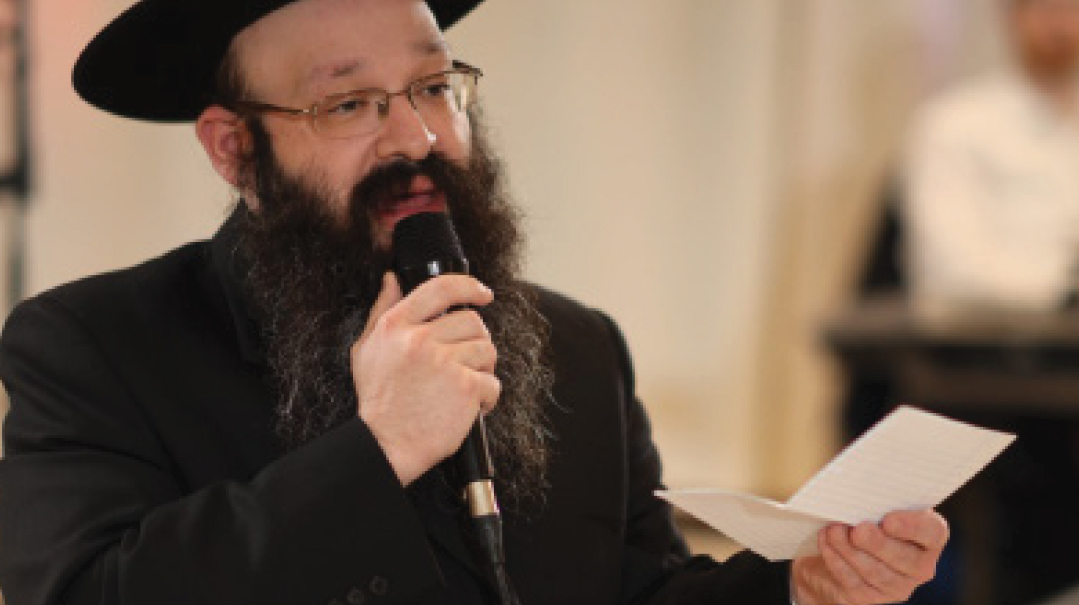
Reb Avrum Leizer (Eli) Katzenberg
Based in Antwerp, Belgium
Badchan for 20-plus years
MY BIGGEST CHALLENGE ON THE JOB
Challenge number one is getting the information. I prepare a lot in advance, because I like the grammen to be very much personalized to each family. I have to call this shvigger and that one, across different time zones. And not everyone is good at describing people. I can ask someone to tell me about his father, and he says “he was an erliche Yid” — and I have to go prepare a whole piece out of that.
Then there’s the timing and the travelling. A standard mitzvah tantz in Eretz Yisrael finishes at 1:30 or 2 a.m., but in Europe it’s more like 3:30 a.m. I’ve sometimes finished a job at 6:30 a.m. and gone straight to Shacharis. My busiest week was probably one last summer when I worked five nights, traveling between Eretz Yisrael, Belgium and London. Obviously, chasunah work is very seasonal, so you have to take the bookings when you can. There are fewer chasunahs during the final week of each month, and Nissan and Tishrei are usually quiet, as well as the Omer and the Three Weeks.
MY MOST UNUSUAL REQUEST
There was the mother of a kallah in the US who wanted me to sing grammen while her husband danced with the kallah. Not before he danced, as is usual, but while. She asked me to sing a non-Jewish song, which I wouldn’t do, but baruch Hashem we were able to find something similar, and the whole arrangement worked very nicely.
Today it’s common to call up the uncles together, but occasionally I’ve been asked by a mechutan who is in a rush, to call up both grandfathers to dance together as well.
MY MOST EMOTIONAL MITZVAH TANTZ
My own daughter. Our hearts were so full of joy and gratitude.
On the opposite end, I’ve sung at the mitzvah tantz of many yesomim. There was one family where neither parent of the kallah was alive. The children’s suggestion, which I followed, was to call the father up, addressing him directly in the grammen, as if he were sitting among us. Then everyone stood and danced for him. It was very moving. It gave the kallah the feeling that she was not alone, that her father was present — and indeed the seforim tell us that the souls of departed parents come to attend their children’s simchahs.
MY ADVICE TO NEW BADCHANIM
Be original. If you have the creativity, use it, and if you don’t have it, find another job. You can’t become a badchan by copying others. You can’t build on an imitation.
MY ADVICE TO MECHUTANIM
The mitzvah tantz takes place very late at night, but it’s the most emotional part of the chasunah. You can’t rush with genuine emotion, so don’t sit on shpilkes, looking at the clock. If you don’t enjoy the mitzvah tantz and just want to get it over and done with, don’t invest in a top professional badchan. It’s a shame for both him and you. Go for a standard range, cut-out badchan.
To keep things running on time, keep the mitzvah tantz in mind throughout the wedding, and don’t get too carried away with Maariv and dancing. If you start it after 1 a.m., people can lose patience before you start.
ANOTHER BADCHAN I ENJOY LISTENING TO
I don’t listen to others that much, but I enjoy Pinky Weber’s grammen. He has everything a badchan needs: a voice, musicality, great content, and emotion. It’s fair to say he has revolutionized the art of badchanus. My real role model, though, would be Rabbi Ephraim Wachsman shlita, who is a big ba'al menagein. When I was in yeshivah, my friends would ask me to sing his zemiros and grammen. They were so warm, so elevating, and laden with meaning.
A NIGGUN I ALWAYS SING
I constantly vary the songs and add newer ones, but there are a couple of constants. The tune for calling up the chassan and kallah is traditional, it’s almost a nusach. There are other heilige niggunim, such as the Baal Shem Tov’s niggun, which are usually used as well. Look, you don’t change your zemiros tunes every week, so why shouldn’t we sing the classic mitzvah tantz songs again and again?
In Europe at least, the mitzvah tantz has a traditional feel. The whole wedding they can be playing the latest hits, but the mitzvah tantz is a journey back to speak about where the family comes from. Even the youngest mechutan has to be over 40, and the zeides a generation older, so you want to use music they can relate to. It’s important that each person who stands up to dance has a song which means something to him.
A NEAR-DISASTER
I once arrived at a chasunah in Antwerp with my notes for the mitzvah tantz. I soon realized that my bike — yes, that’s how most of us get around here — had been stolen from outside the hall, with my notes in a bag on it. I left the chasunah, went home, and sat down to prepare again for four hours, until it was time to return for mitzvah tantz.
HOW I BADCHENED FOR THE REBBE
I’ve had the zechus of calling up the Bobover Rebbe at several weddings in London. It’s filled with kedushah, and you need to include a lot of meaningful content in the grammen.
I have badchened for Reb Leibish of Pshevorsk at the Purim tish. This tish has the outward simplicity of times gone by — the atmosphere there is very real, very elevated. I stood there, on the table in front of the Rebbe and felt this sense of awe and humility. What am I doing here, standing before such a tzaddik? It’s a special zechus.
(Originally featured in Mishpacha, Issue 806)
Oops! We could not locate your form.




